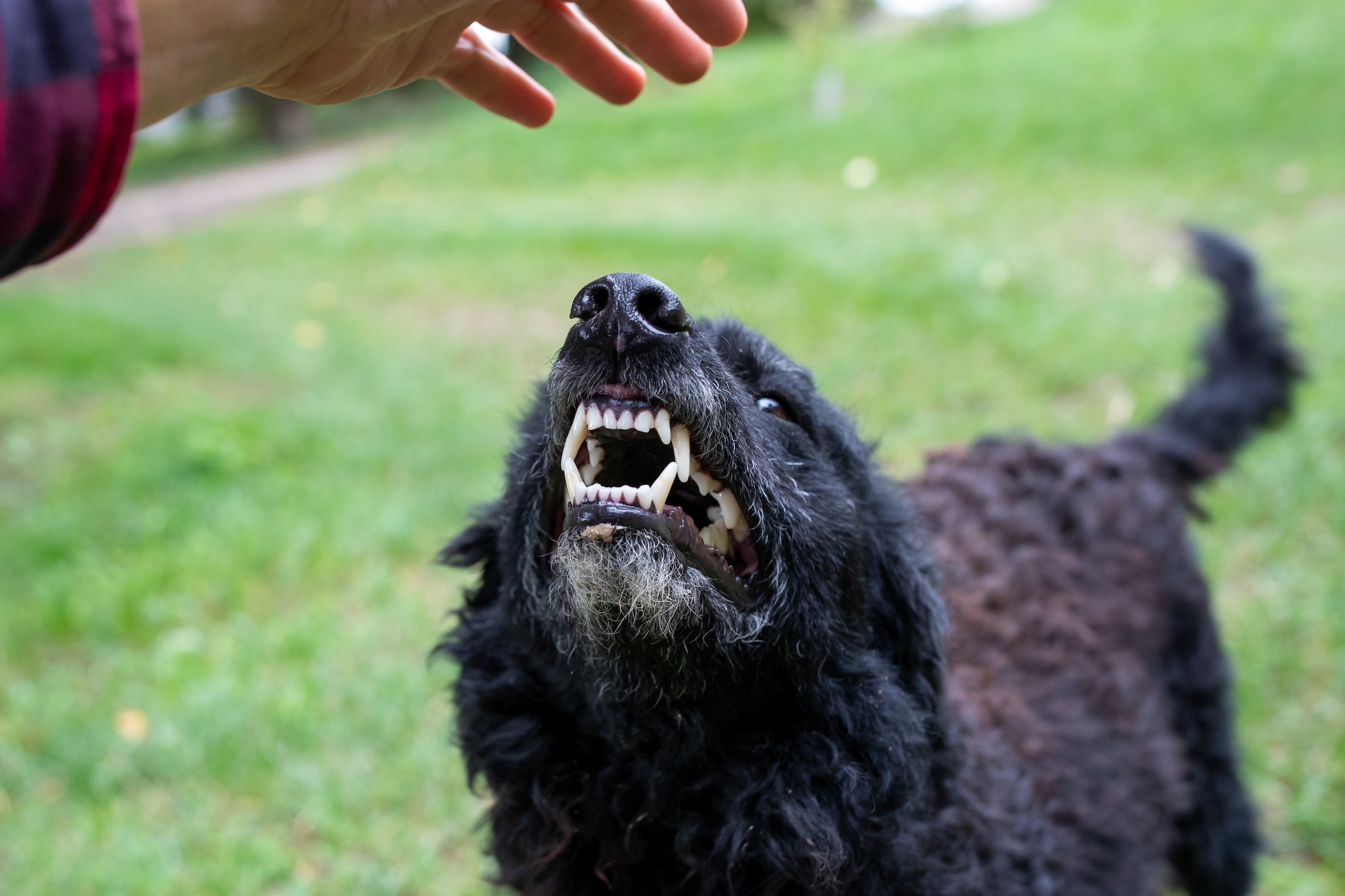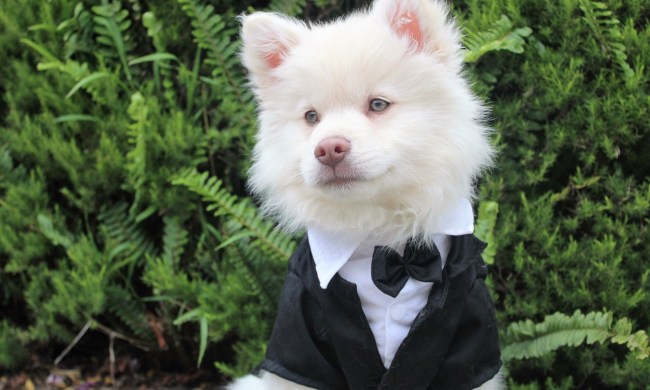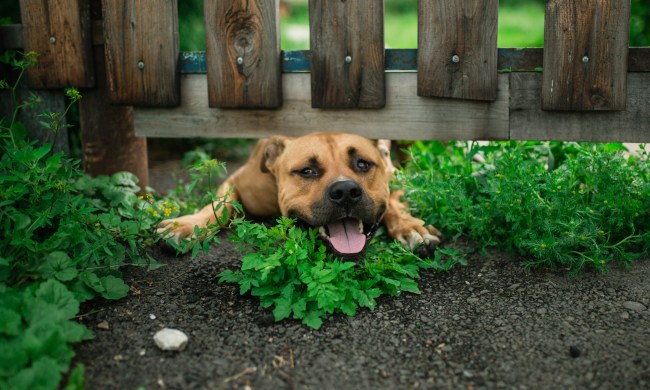With their adorable toe beans and cold, wet noses, it’s easy to see why dogs are so popular on social media. On TikTok alone, the hashtag #dog has over 188 billion views (yes, billion with a b). There are entire accounts belonging to entertaining pups, from Noodles the fortune-telling Pug to Bunny the “talking” Sheepadoodle.
As cute as it may all look on the surface, not all pet videos are innocent. A recent TikTok dog trend has owners unknowingly putting themselves, their dog, and their loved ones at risk. Despite warnings from veterinarians and canine professionals, these videos continue to surface both on and off the video-sharing app. Here’s what you need to know:
The newest TikTok dog trend
Voiceovers are nothing new in the TikTok world, but this new trend isn’t nearly as “fun” as it seems. In these videos, people are seen getting in someone’s face, pretending to confront them about “talking smack” while lip-synching to a popular audio clip. While it’s meant to be amusing, it may have the exact opposite effect now that people are using their dogs instead of another person for the videos.
Many of the videos, featuring both humans and canines, can be seen under the hashtag #talkingsmack. Other than the potentially humorous audio they are mouthing, the owners in the videos appear to yell in their dogs’ faces and make angry—evening threatening—arm gestures. At a quick glance, the videos look exactly like real (albeit dramatically overdone) confrontations, so it’s easy to understand why filming this video with your dog can lead to extreme stress and distrust on their end.
Why this TikTok dog trend is so dangerous
Whether an owner truly yells or simply mouths something in their dog’s face, that dog is likely to feel threatened. It’s not only possible for them to feel cornered with the lack of space between themselves and their owner, but they are also likely to feel confused by and afraid of their human’s intense body language. Sudden movements like head jerking and arm flailing are often seen with this trend.
Cat the Vet, a veterinarian and TikToker from the UK, posted a viral response to this trend on her own channel. In the background, you can see a woman mouthing the audio to her dog, who bares their teeth, licks their lips, and shows other signs of extreme stress.
“It is not big, it is not clever, it is not funny,” Cat warned in her video. “That dog is incredibly unhappy, it is going to bite you if you carry on like that, and I don’t care if it’s your dog and you trust it and think that it won’t, there are children on this app who will copy you and get bitten in the face because they thought it was cool because you did it. Please stop.”
Despite going viral, the woman who appears in the background of Cat’s video denies responsibility for encouraging dangerous behavior, telling Newsweek, “We posted a satire video, on a satire platform where the authorized users are 14 and over. Parents are responsible for their children’s use of electronics and what they watch.” Since speaking with Newsweek, their original video has been set to private and can no longer be viewed.
@cat_the_vet PLEASE stop posting videos like this! Do you want to be responsible for a maimed child?! #notsafe #doNOTtrythisathome #catthevet
Signs of stress in dogs
A quick scroll through many of the dangerous #talkingsmack videos with dogs reveals a wide range of canine reactions. Some pups, like the one in the background of Cat’s TikTok, are obviously unhappy while filming the video, while others appear not to be bothered. While some pets truly may not mind this treatment, they may also be reacting more subtly to the stressful situation.
Dog trainer Joe Nutkins spoke with Newsweek in the same article mentioned above about some of the signs of stress she saw in these videos. “The majority, if not all, of the videos that I have seen show dogs turning their head a little bit to one side. It might literally just be turning a couple of centimeters slightly to one side away from the owner,” she explains.
“Then they do what’s called ‘whale eye’ which is where the dog turns their head a little bit and then they actually turn their eyes the other way as far as they can. The idea is they show the whites of their eyes as much as possible, trying to indicate that they are not liking the situation.”
Nutkins also notes that many of the dogs in these videos pin their ears back against their head—another sign of stress. Most pups taking part in this trend “just don’t ‘look comfortable’” according to Nutkins, which makes her fear a more extreme reaction.
“One of the biggest risks is that you will force your dog to feel so threatened and so worried that they feel they’ve already given many signals and warnings to say ‘please don’t do this’ but they’re left with one last resort,” she notes. “That last resort is going to be to turn round and bite.”
TikTok is not worth losing your dog’s trust
Here’s the bottom line: a TikTok trend, no matter how funny, is not worth risking your safety and your dog’s trust. Filming a short video may turn into a long-term concern for everyone in your home should your pup feel threatened, especially by someone they love most. Besides, there are plenty of other trends to try!




